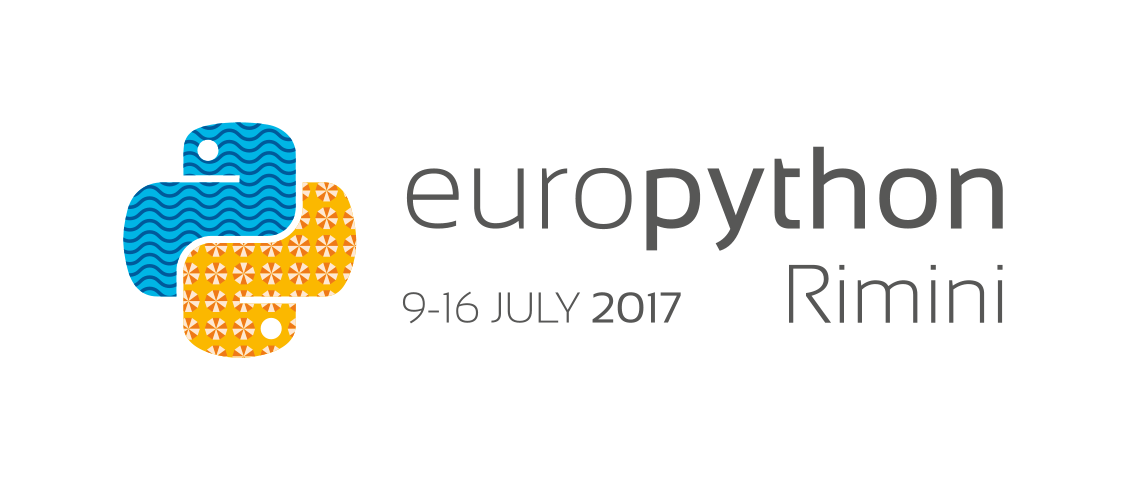Python at CERN
The Large Hadron Collider at CERN is producing 600 million collisions every second. Only 1 in a million collisions is interesting. It requires a fast programming language to analyze and filter this amount of data. Is Python such a language? No. Does it mean there is no place for Python at CERN? Quite the contrary. The ease of use makes Python a very popular programming language among scientists. The interesting bits of data from the LHC have to be analyzed, shared and published. And with CERN’s pursuit to create and use open source software, many interesting Python projects were born. For big data processing, analysis and visualization, the ROOT framework [https://root.cern.ch] has been used for over 20 years. Nowadays, more scientists know Python, so the PyROOT [https://root.cern.ch/pyroot] was created – a Python extension module that combines Python’s ease of use with the powerful capabilities of ROOT. To manage all the scientific documents published at CERN, a digital library framework Invenio [http://invenio-software.org] was created. It can be used to easily build a fully customized digital library, institutional repository or a multimedia archive and it powers websites like: https://zenodo.org, https://cds.cern.ch or https://analysispreservation.cern.ch. Sharing knowledge – one of CERN’s core values – can be achieved through various lectures, workshops and conferences. All these events can easily be organized with the help of Indico [http://indico-software.org].
